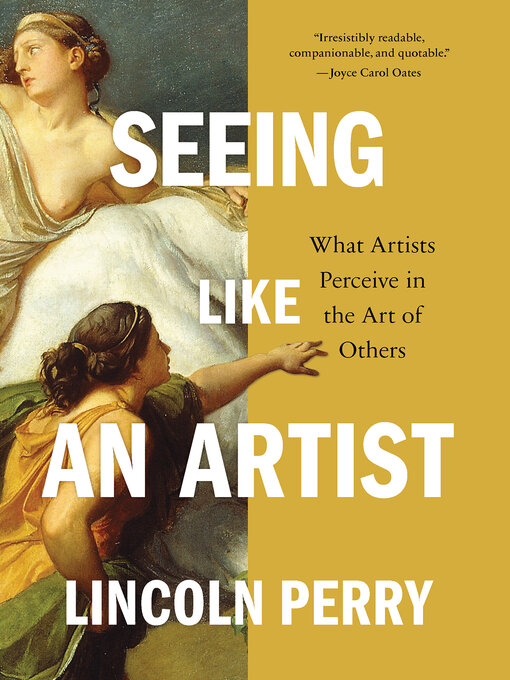"Beguiling and informative"—Wall Street Journal
Learn to see art as an artist does. Discover how a painting's composition or a sculpture's spatial structure influence the experience of what you're seeing. With an artist as your guide, viewing art becomes a powerfully enriching experience that will stay in your mind long after you've left a museum.
A visit to view art can be overwhelming, exhausting, and unrewarding. Lincoln Perry wants to change that. In fifteen essays—each framed around a specific theme—he provides new ways of seeing and appreciating art.
Drawing heavily on examples from the European traditions of art, Perry aims to overturn assumptions and asks readers to re-think artistic prejudices while rebuilding new preferences. Included are essays on how artists "read" paintings, how scale and format influence viewers, how to engage with sculptures and murals, as well as guides to some of the great museums and churches of Europe.
Seeing Like an Artist is for any artist, art-lover, or museumgoer who wants to grow their appreciation for the art of others.
- All Fiction
- Available Now
- Romance
- Mystery & Thrillers
- Literature
- Historical Fiction
- Hard SciFi
- Science Fiction & Fantasy
- See all ebook fiction collections
- All Nonfiction
- Available Now
- Biography
- History
- Cooking & Food
- Business
- Self-Improvement
- Health & Fitness
- Popular Science
- See all ebook nonfiction collections


